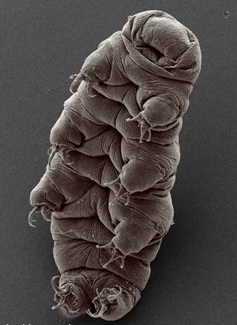Frosty drilling finds ancient extremophiles
 Evidence has been found of diverse life forms which have been locked in lakes buried beneath Antarctica for over one hundred thousand years.
Evidence has been found of diverse life forms which have been locked in lakes buried beneath Antarctica for over one hundred thousand years.
Scientists have been fascinated for years by the possibility of nearly-endless new life discoveries waiting in the lakes lying kilometres below the frozen surface. Accessing the deposits near the interior of the continent poses a huge technological challenge, so teams from the British Antarctic Survey (BAS), and the Universities of Northumbria and Edinburgh have been eagerly looking out for the exposure of a similar lake from under the now retreating margins ice sheet.
Some surveys took place at Lake Hodgson on the Antarctic Peninsula. The lake was covered by more than 400 metres of ice at the end of the last Ice Age, but is now considered to be an emerging subglacial lake, with a thin, frozen covering of just 3 to 4 metres. Drilling core samples of up to 93 metres, the team delved into sediment that has been locked down for nearly 100,000 years.
Drilling uncovered a time capsule of pre-historic DNA, according to David Pearce from the University of Northumbria; “What was surprising was the high biomass and diversity we found. This is the first time microbes have been identified living in the sediments of a subglacial Antarctic lake and indicates that life can exist and potentially thrive in environments we would consider too extreme,” he said.
“The fact these organisms have survived in such a unique environment could mean they have developed in unique ways which could lead to exciting discoveries for us. This is the early stage and we now need to do more work to further investigate these life forms.”
The study of extremophiles (species adapted to the most extreme environments) has yielded plenty of exciting discoveries about the various and incredible ways life tenaciously prospers in any environment.
The new paper on the drilling project, ‘Preliminary Analysis of Life within a Former Subglacial Lake Sediment in Antarctica’ has been published online in the Journal ‘Diversity’ as part of a special issue on Microbial Ecology and Diversity.







 Print
Print